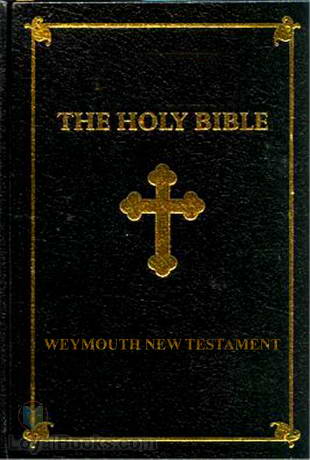The term canon of scripture means the complete collection of books which are regarded as of Divine authority. The word canon in Greek means a straight rod, rule or measure. As applied to the Bible it means the rules by which certain books were declared as inspired and accepted as such. It should be noted that before the books of the Bible as we have it today were compiled, many books in circulation were purportedly divine and inspired. The Fathers of faith therefore found it necessary to separate the wheat from the chaff; hence, very stringent rules were employed to ascertain the books that were divine. The books of the Bible we have today was the result of their work.
Why does the believer need a canon of scripture? Why were the various portion of the divinely inspired word of God collected and bound into a Book called “The Holy Bible”? There are four main reasons why there was a need for the canon.
- So that believers in every generation might have the complete revelation from God.
- So that believers might have God’s word in writing. If the contents of the Scriptures were still being transmitted orally, a lot of distortions would have come into it.
- There was a need for the preservation and circulation of the sacred writings.
- That the people might know which writings have the authority of God.
FORMATION OF OT CANON
The generally accepted date for the completion of the OT canon was the year 425 or 424 BC. The Septuagint (LXX), was the first translation of the OT carried out by Ptolemy Philadephus (285 -247 BC) in Egypt. By that time there were many Jews living in Egypt who could no longer read or write Hebrew having been influenced by Greek culture and adopted the Hellenistic Greek of Egypt as their language. This translation was done by a group of seventy scholars hence the name Septuagint and Roman numeral LXX.
Josephus Flavius, a famous Jewish historian of the 1st Century A.D stated in one of his treatise that the canon of his time consisted of 22 books, namely the Pentateuch, thirteen books of the prophets and four of hymns and practical precepts. Although Josephus did not give a concise list, scholars believes that the book of the prophets included Joshua, Judges, Ruth; Samuel, Kings, Chronicles, Ezra, Nehemiah, Esther, Isaiah, Jeremiah- Lamentation, Ezekiel, Daniel, The Twelve Minor Prophets and possibly Job (or Canticles). The hymns and precepts would be made up of Psalms, Proverbs, Ecclesiastes and Canticles (or Job).
CRITERIA FOR A CANONICITY (Four Criteria were applied)
Inspiration:- Was the author an acknowledged messenger of God, commissioned by God to make known His will” 2 Pet 1:21 . Books by such people were accepted.
The Principle of internal evidence:- Deut 31: 24 -26; Judges 3:4. The books which were read in other places in the Bible were accepted since those who read such passages must have accepted them as canonical. Daniel must have read Jer. 25: 11-12 and 29: 10.
Documentation by quotation:- Books from which Jesus Christ or other apostles quoted from were accepted Mt. 22:29, John 10:35
The law of Public Official action:- This is an historical law which required that public action be taken to solemnly declare a portion of the scripture to be the word of God ; Neh. 8:5 .
Jesus Christ’s Endorsement:- Mat 23:35; Luke11:51 this statement by the Lord is believed to be an endorsement of the OT from Gen 4 to 2 Chro 24: 20-21. In fact, He endorsed the whole OT here because Chronicles was the last book in the Hebrew OT Canon.
– gabriel ajibade








